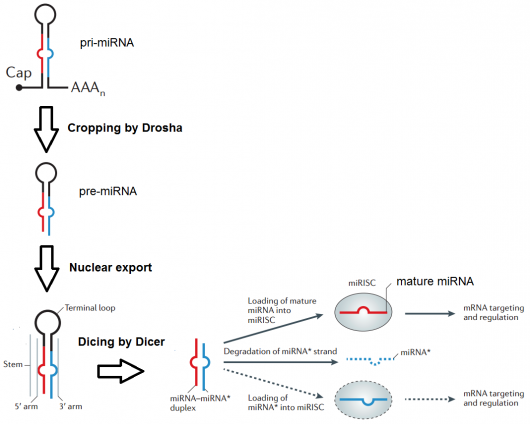That’s obviously what this Christian ad campaign means, right? Jesus is an upper?
Dear random Church: Making a pun out of a phrase that’s meant to be offensive doesn’t automatically make you hip and clever. Especially when 7Up beat you to it 13 years ago.
(Via The Museum of Idolatry)
This is post 12 of 49 of Blogathon. Donate to the Secular Student Alliance here.








